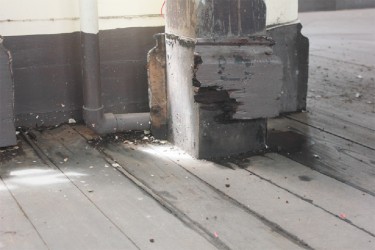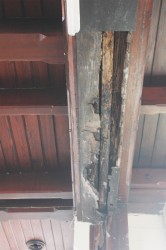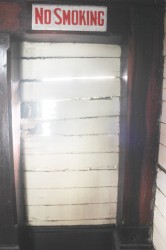A detailed architectural investigation, structural survey and material analyses have to be undertaken of City Hall.
This was among recommendations made by two overseas consultants contracted to assess the increasingly fragile, historic landmark.

The preliminary assessment report also reported that vehicular parking close to the building and the placing of signboards are affecting it directly or indirectly.
“Placing of signboards interferes with the view towards the building. A more discrete identification could be implemented. Also, allowing parking so close to the building does not help to integrate the building and the external areas…,” the two overseas consultants, who assessed the building last month as part of the restoration process, said in the report.
The report went on to state that “softening of hard parking should be considered in final restoration phase including greenery and gardening features that could serve as transitional elements between human scale and the monument.”
In formulating a strategic restoration plan, “regulations for parking and car circulation around the building can significantly contribute to reduce environmental impact such as noise, heavy traffic vibrations induced to foundation and dust”. The promotion of publications displaying historical architectural and engineering details of the building must be encouraged so as to take full advantage of the overwhelming attractions that naturally emanate from it.

The report also stated that being below the high water mark requires efficient drainage which is critical to Georgetown and City Hall, which depends on its connection to the city network of channels to regulate the flow of water. As a result, the report recommended that drains must be inspected regularly. It also said that smaller line outlets connecting to Regent Street are not secured with protection grilles thereby allowing blockage to eventually occur.
The accumulation of surface water from rain in the area close to the sinking corner of the tower was also noted in the report.

According to the report most of the damage to the building is a result of water ingress. It also stated that bird infestation was also found in the tower of the building and excreta from the birds can lead to a health concern.
Given the scope of work to be developed, further examinations will have to be done before reaching a final restoration project stage because the current information that was provided will only determine the immediate actions to be considered in order to stop deterioration and stabilize the situation, the report said.
It also said that it will be necessary to deepen the analysis of the built structure to look for detailed descriptions of the observed damage and accurately determine their extent, location and causes.





